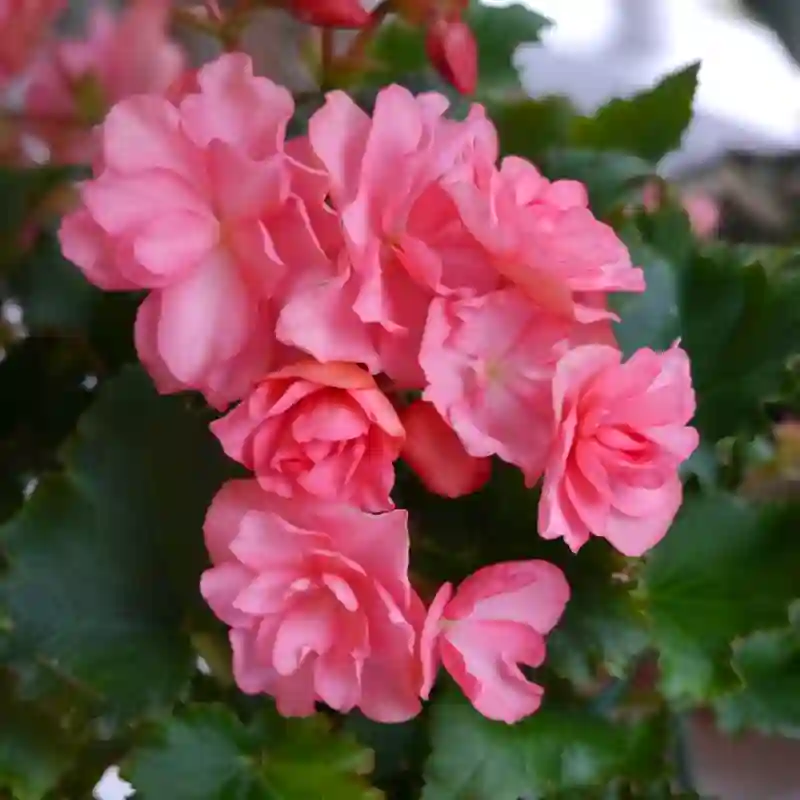
Frequently Asked Questions About Crinum Asiaticum
Crinum Asiaticum, commonly known as the Asiatic Crinum Lily or Giant Crinum Lily, is a stunning and hardy plant that adds a tropical flair to any garden. I’ve had my share of experiences with this plant, and I’m excited to share what I’ve learned about its care and growth. Below, I’ve addressed some frequently asked questions about Crinum Asiaticum to help you get the most out of this beautiful plant.
116 Species in Genus Crinum
How to Grow Crinum Asiaticum?
Growing Crinum Asiaticum is quite straightforward if you follow a few basic guidelines. This plant thrives in warm, tropical climates, making it ideal for zones 8-11. Here’s how to get started:
- Location: Crinum Asiaticum prefers full sun to partial shade. In hot climates, a spot with some afternoon shade can help prevent leaf scorch.
- Soil: Use well-drained soil rich in organic matter. A mix of garden soil, compost, and sand usually works well. Ensure the soil is not too acidic or alkaline; a pH range of 6.0 to 7.0 is ideal.
- Watering: Regular watering is essential, especially during the growing season. Keep the soil consistently moist but not waterlogged. In winter, reduce watering as the plant goes dormant.
How to Care for Crinum Asiaticum?
Caring for Crinum Asiaticum involves a few key practices to ensure it remains healthy and vibrant.
- Fertilization: Feed your Crinum Asiaticum with a balanced fertilizer during the growing season. A general-purpose 10-10-10 fertilizer works well. Apply once every 6-8 weeks to encourage lush growth and flowering.
- Pruning: Remove dead or yellowing leaves to keep the plant looking tidy and to prevent disease. After flowering, you can also trim back spent flower stalks.
- Pest Control: Crinum Asiaticum is relatively pest-resistant, but keep an eye out for aphids or spider mites. If you spot any, treat them with insecticidal soap or neem oil.
How to Propagate Crinum Asiaticum?
Propagating Crinum Asiaticum can be done through offsets or bulb division. Here’s how:
- Offsets: After a few years, the plant will produce offsets or bulbs around its base. Carefully dig up these offsets and replant them in new locations. They should be planted at the same depth they were growing previously.
- Bulb Division: In late winter or early spring, dig up the plant and separate the bulbs. Replant each bulb in its own spot, ensuring they are spaced about 12-18 inches apart.
What to Plant With Crinum Asiaticum?
Crinum Asiaticum pairs beautifully with a variety of other plants. Consider planting it alongside:
- Ornamental Grasses: Plants like Liriope or Fountain Grass provide a nice contrast to the bold foliage of Crinum Asiaticum.
- Tropical Plants: Combine with other tropical plants like Heliconias or Cannas to create a lush, vibrant garden.
- Groundcovers: Use groundcovers such as Creeping Jenny or Sweet Potato Vine to fill in spaces and add texture.
Can You Grow Crinum Asiaticum Indoors?
While Crinum Asiaticum is typically grown outdoors, it can be grown indoors if you can provide the right conditions. Here’s what to consider:
- Light: Ensure the plant receives bright, indirect light. A sunny window or grow lights can help.
- Temperature: Maintain a warm temperature between 65-85°F (18-29°C). Avoid placing it near cold drafts or air conditioning vents.
- Space: Given its size, Crinum Asiaticum may need ample space indoors. Make sure it has room to grow without being cramped.
Is Crinum Asiaticum Toxic?
Crinum Asiaticum is not listed as highly toxic to humans or pets. However, it’s always best to keep any plant out of reach of small children and animals. If ingested, it may cause mild digestive upset.
Benefits of Crinum Asiaticum
Crinum Asiaticum offers several benefits:
- Aesthetic Appeal: Its large, dramatic flowers and bold foliage make it a striking addition to any garden.
- Low Maintenance: It’s a hardy plant that requires minimal care once established.
- Disease Resistance: It’s generally resistant to pests and diseases, making it a robust choice for gardeners.
Common Problems
While Crinum Asiaticum is quite resilient, it can face a few issues:
- Leaf Spot: This can occur due to excessive moisture or poor air circulation. Improve drainage and spacing to prevent it.
- Bulb Rot: Overwatering or poorly drained soil can lead to bulb rot. Ensure proper drainage and avoid waterlogging.
- Flower Drop: If flowers drop prematurely, it may be due to inconsistent watering or sudden temperature changes.
Compare with Other Similar Plants
If you’re considering alternatives, compare Crinum Asiaticum with these similar plants:
- Hippeastrum (Amaryllis): While both have striking flowers, Hippeastrum typically has a smaller growth habit and is usually grown indoors.
- Canna Lily: Cannas also offer large, tropical flowers but tend to be smaller and may require more frequent watering.
Crinum Asiaticum is a versatile and impressive plant that can enhance any garden with its exotic charm. By following these tips and caring for your plant properly, you’ll enjoy its beauty and benefits for years to come.
If i die, water my plants!



